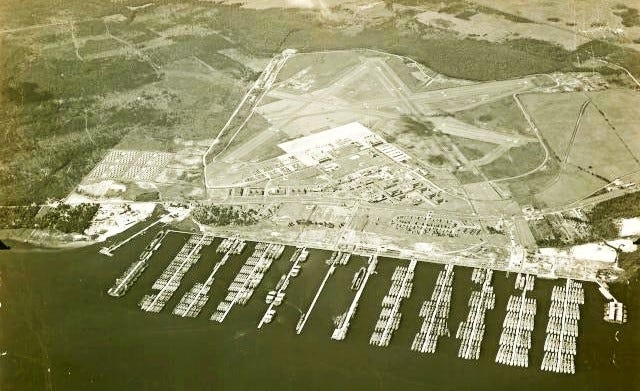County Report on Reynolds Park Future Contains a Trove of Info on Housing Trends (Downloadable)
And a Bit of History, Too
The Clay County Appraisers Office commissioned a “highest-and-best-use study” of the Reynolds Industrial Park property, which it received on May 26. It’s a meaty report that would be of interest to the many area residents interested in—and worried about—development trends.
This 19-page document was made available this week in connection with the ongoing coverage of the Pegasus Technologies lawsuit against the City of Green Cove Springs and the Virginia Hall family. Reynolds Park joined Pegasus, one of its tenants, as a second plaintiff in the case.
The report is only indirectly related to the lawsuit. It’s existence came up in the context of an earlier story about the case: “Green Cove Strikes Back, Kicks Reynolds in the Pocketbook.” It offers a fascinating—if at times technical—look at factors affecting the residential market in Clay County.
The author of the study is Lampe, Roy & Associates, a Jacksonville appraisal and consulting firm, which has been used by many banks, state agencies and municipalities, including the cities of Jacksonville and Green Cove Springs.
This is the company’s conclusion about the future of Reynolds Park, which it refers to as the “subject” property:
After analyzing the anticipated population growth, i.e., the potential demand for residential properties, and the existing and planned supply, i.e., current inventory of existing and planned developments, the market does not appear to warrant redevelopment of the subject with a mixed-use project that includes a large number of residential units at this time.
The subject’s waterfrontage presents both positive and negative influences on the property. At this time, the costs and time associated with remediating the known environmental issues as well as the uncertainty about the existing docks and soil conditions along the river are considered to be such as to postpone its development for the foreseeable future.
Without a strong residential segment, the market does not appear to warrant the construction of non-waterfront retail. This may change once the new bridge and supporting road system has been completed due to traffic pattern changes that will occur in the future.
Based on the data available, it is estimated that the highest and best use of the subject would be for continued industrial use for the foreseeable future. This continues to produce a positive return to the land and existing improvements.




